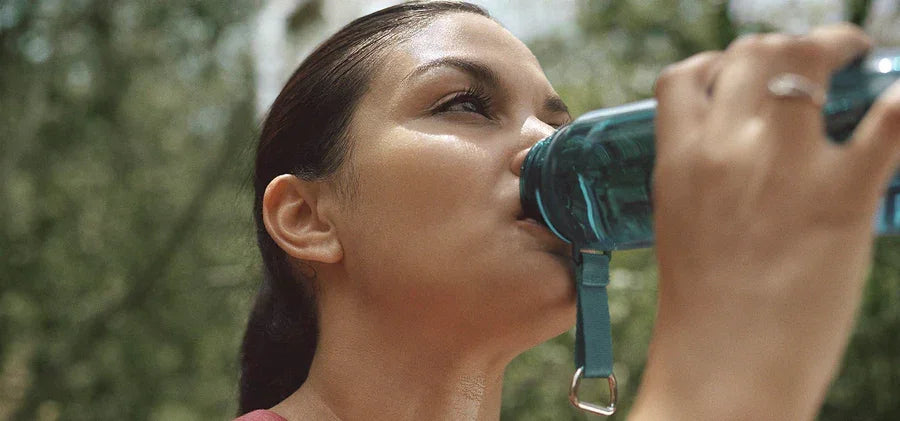LIVING WITH INCONTINENCE
Incontinence exercise
Read moreFREE SHIPPING ON ALL ORDERS!

When discussing incontinence, many wonder why it seems to be more common in women. Urinary incontinence, which refers to the involuntary leakage of urine, affects millions of people worldwide. However, research shows that female incontinence is significantly more prevalent than in men. This blog explores the reasons behind this disparity, the causes of incontinence in women, and the available solutions to help manage and improve quality of life.
Female incontinence occurs when the muscles that control the bladder become weakened or damaged, leading to difficulty in controlling the release of urine. This can result in minor leaks or, in more severe cases, a complete loss of bladder control. While it can affect women of all ages, it is more commonly seen in older women due to age-related changes in the body.
There are several reasons why incontinence tends to be more common among women. One key factor is the anatomical differences between men and women. Women have a shorter urethra (the tube that carries urine from the bladder out of the body), which provides less resistance to urinary flow. Additionally, women's bodies undergo unique physiological changes due to life events such as pregnancy, childbirth, and menopause, all of which can significantly impact bladder function.
Hormonal Changes: Hormonal changes, particularly during menopause, can affect bladder control. Estrogen, a hormone that helps maintain the health of the tissues in the bladder and urethra, decreases after menopause. This reduction can lead to weakened pelvic floor muscles and urinary incontinence.
Pregnancy and Childbirth: Pregnancy and childbirth are among the leading causes of incontinence in women. The weight of the growing baby places pressure on the bladder and pelvic floor muscles, which can cause these muscles to weaken. Vaginal delivery, especially if prolonged or complicated, can damage the nerves and tissues supporting the bladder, leading to urinary incontinence.
There are several types of incontinence that commonly affect women:
While pregnancy, childbirth, and menopause are major contributors to female bladder problems, other factors can also play a significant role:
Managing female incontinence effectively often involves a combination of lifestyle changes, physical therapy, and medical treatments. Here are some strategies that can help:
If you are experiencing female bladder problems, it is essential to consult a healthcare professional for an accurate diagnosis and appropriate treatment plan. Women's health care professionals, such as urologists or gynecologists, specialize in diagnosing and managing incontinence and can provide tailored solutions.
Living with incontinence can be emotionally challenging, leading to embarrassment, anxiety, and social isolation. However, it's important to remember that you are not alone, and there is no need to suffer in silence. Joining a support group or seeking counseling can provide emotional support and practical advice for managing incontinence.
While female incontinence is more common than in men due to several biological and lifestyle factors, understanding the causes and available treatments can empower women to manage their condition effectively. By making informed choices about lifestyle changes, exploring various treatment options, and seeking professional help, women can take control of their bladder health and improve their quality of life. Remember, incontinence is a common issue, and help is available. Don’t hesitate to reach out to a healthcare provider to discuss your concerns and explore the best treatment options for you.